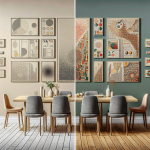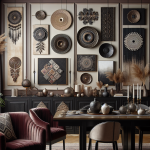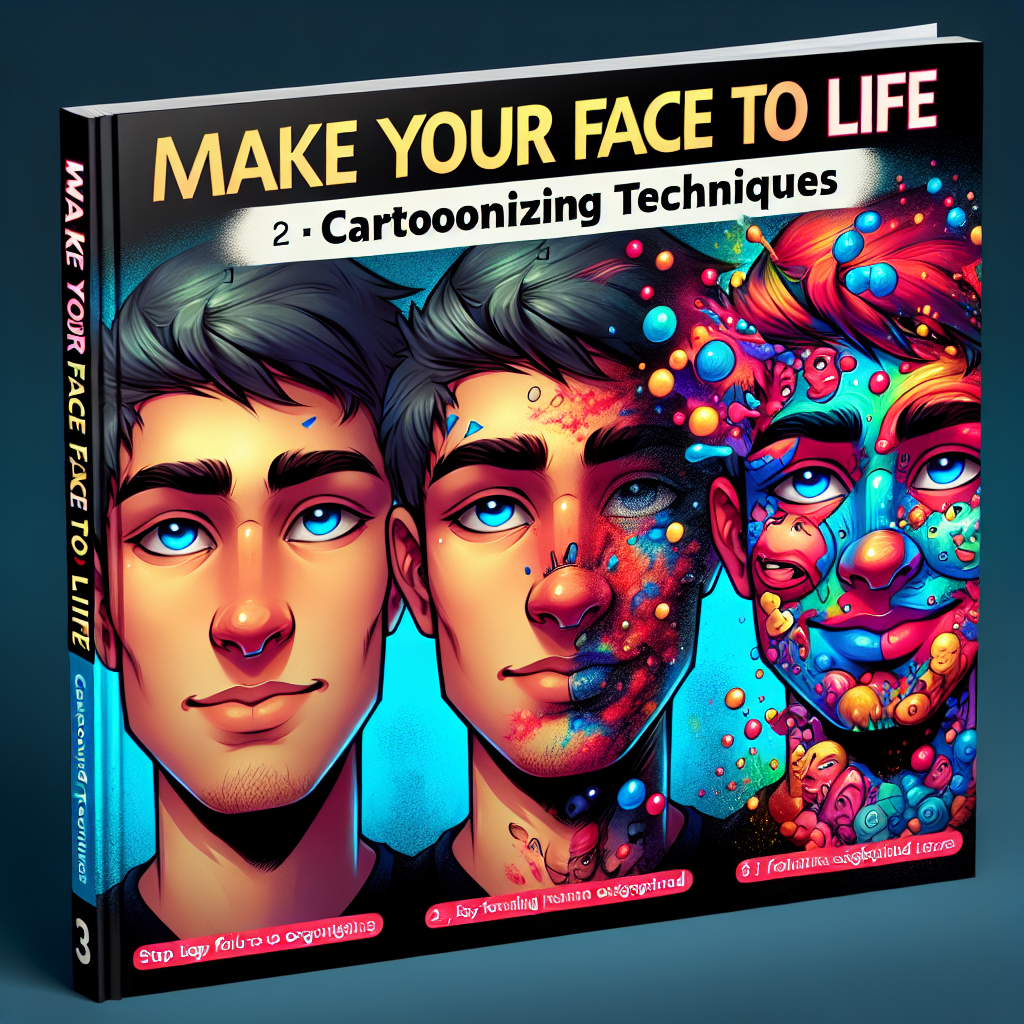Have you ever wanted to turn your face into a fun and vibrant cartoon character? With the right techniques and a bit of creativity, you can bring your face to life in a whole new way. Cartoonizing your face can be a fun and exciting project that allows you to explore your creative side and create unique and eye-catching art. In this article, we will explore some tips and tricks for cartoonizing your face and turning yourself into a cartoon character that is sure to make people smile.
Choosing the Right Photo
Before you can start cartoonizing your face, you need to choose the right photo to work with. Look for a photo that is clear, well-lit, and high-quality. Make sure your face is the focal point of the image and that there are no distracting elements in the background. The better the quality of the photo, the easier it will be to work with when cartoonizing your face.
Basic Cartoonizing Techniques
There are several basic cartoonizing techniques you can use to bring your face to life. One popular technique is to exaggerate features such as the eyes, nose, and mouth. You can make the eyes larger and more expressive, the nose smaller and more button-like, and the mouth wider and more smiley. Play around with different proportions and see what works best for your cartoon character.
Another technique is to simplify the details of your face. Instead of trying to capture every tiny wrinkle or freckle, focus on the overall shape and structure of your face. Use bold lines and simple shapes to create a stylized version of yourself that is easy to recognize and fun to look at.
Color and Shading
Color and shading can make a big difference when cartoonizing your face. Experiment with different color palettes to find a combination that suits your style and personality. You can use bright and vibrant colors for a fun and playful look, or more subdued tones for a sophisticated and artistic vibe.
Shading can also add depth and dimension to your cartoon face. Use light and dark tones to create highlights and shadows that bring your character to life. Play around with different shading techniques, such as cross-hatching or stippling, to find a style that works best for your cartoon character.
Adding Details and Accessories
To make your cartoon face even more unique and interesting, consider adding details and accessories. You can give your character a quirky hairstyle, funky glasses, or a cool hat to add personality and flair. Think about what makes you unique and incorporate those elements into your cartoon character to make it truly your own.
Bringing Your Cartoon Face to Life
Once you have finished cartoonizing your face, it’s time to bring your character to life. Consider creating a story or background for your cartoon character to give it depth and personality. You can also experiment with different poses and expressions to showcase the various moods and emotions of your character. Have fun with it and let your creativity run wild!
FAQs
How can I make my cartoon face look more realistic?
To make your cartoon face look more realistic, pay attention to detail and proportions. Study real faces and observe how features such as the eyes, nose, and mouth are positioned in relation to each other. Use shading techniques to add depth and dimension to your cartoon character, and consider adding subtle imperfections such as freckles or wrinkles to make it look more lifelike.
What software can I use to cartoonize my face?
There are several software options available for cartoonizing your face, such as Adobe Photoshop, Procreate, and Clip Studio Paint. These programs offer a wide range of tools and features that can help you create a unique and expressive cartoon character. Experiment with different software options to find the one that works best for your style and skill level.
How long does it take to cartoonize a face?
The time it takes to cartoonize a face can vary depending on the complexity of the project and your level of experience. It can take anywhere from a few hours to several days to complete a cartoon face, so take your time and enjoy the process. Remember that practice makes perfect, so don’t be afraid to experiment and try out new techniques to improve your skills.








+ There are no comments
Add yours